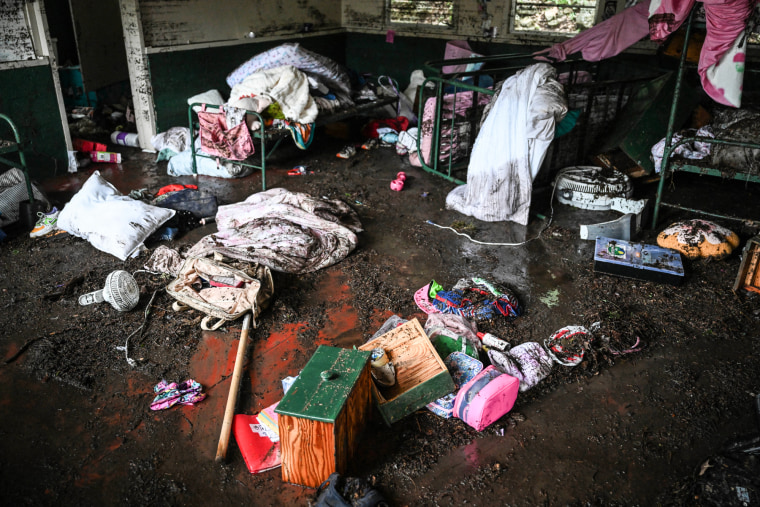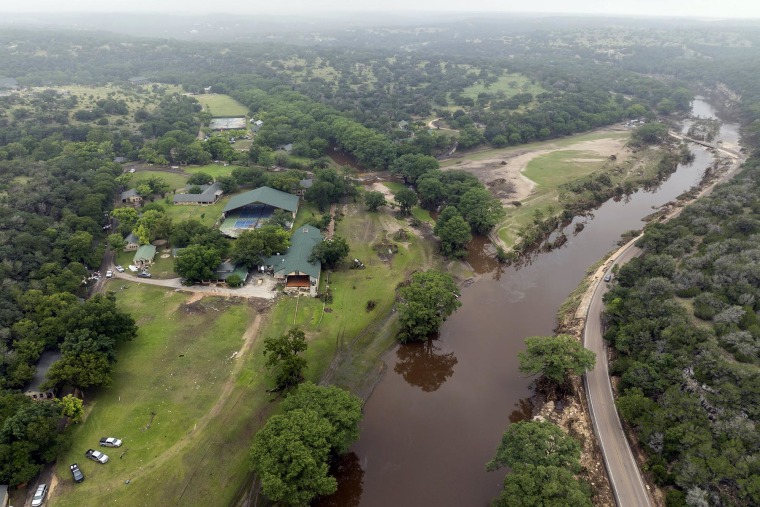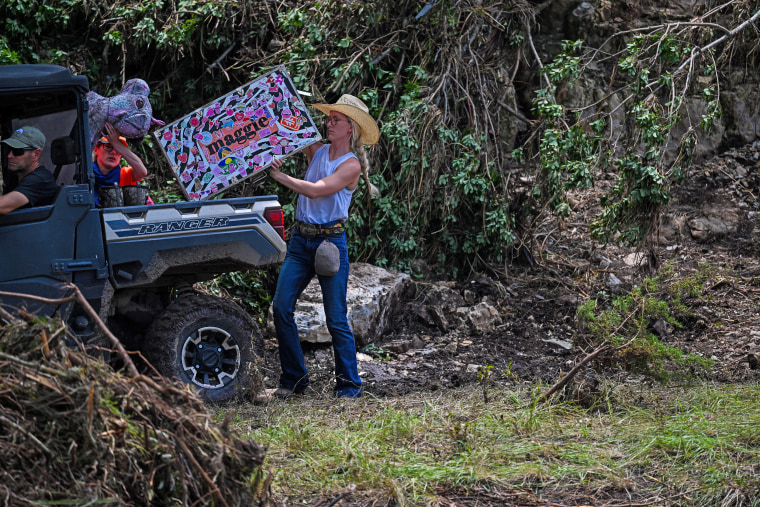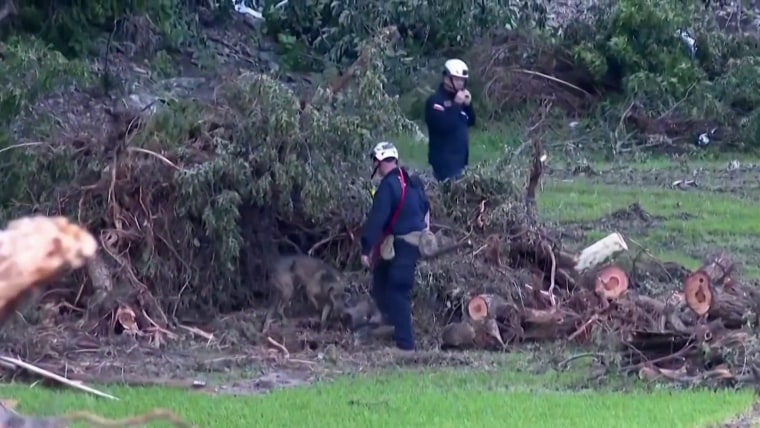Two days before flash floods on the Guadalupe River in Texas swept away at least 27 campers and staff members at a Christian girls summer camp, a state inspector was there to approve camp operations and noted there was a written plan for responding to natural disasters.
What that plan said, however, is unclear. Texas does not approve or keep copies of emergency plans; camps are required only to show they have plans in place. Officials at Camp Mystic — still reeling from the deaths of campers, staffers and its director and from the ongoing search for others — could not be reached for comment on what the plan included or how the camp responded to Friday’s flood.

Questions are swirling around the emergency response by state and local officials and whether the flood plan the camp laid out was adequate, or was even executed as the historic flash flood struck in the darkness.
Fed by pounding rainfall, the Guadalupe River in Kerr County rose more than 20 feet in one hour before dawn on Friday and crested at more than 34 feet later that morning; it had been roughly 1 foot deep since at least June 10.
The swollen river overwhelmed Camp Mystic, where counselors and campers awoke in the dark and tried to dash through rising water, some clinging to trees or scrambling up rocky escarpments. Many were swept away.
Wynne Kennedy, a former Camp Mystic employee, said that when she worked there, staff members were trained on “extensive flood evacuation plans.” That was one of the reasons she felt comfortable sending her daughter, Lucy, 10, to Camp Mystic this summer. “I felt like she was in the safest place she could be,” Kennedy said.
Lucy said she survived the storm after fleeing her cabin and taking refuge in the recreation hall on higher ground with other campers and counselors.

Texas summer camps are required to show that they have written procedures to be implemented in case of disasters, post the plans in the their on-site offices and train staff members on them.
When a Texas Department of State Health Services inspector visited Camp Mystic on July 2, she mentioned that the camp had met those requirements and signed off on a report that noted no deficiencies or violations, according to the department’s records. Edward Eastland, the director of Camp Mystic’s Guadalupe River location, also signed the report.
Eight summer camps that operate in Kerr County are accredited by the American Camp Association, which recommends that members train campers and staff members on how to respond to natural disasters. Camp Mystic was not accredited.

The destruction Friday — more than 100 dead across the Texas Hill Country and scores still missing — could force the region to re-evaluate methods to protect itself in the future, when researchers expect a warming atmosphere to increase the chances of heavy rain. The National Oceanic and Atmospheric Administration is rethinking its forecasting methods to take that trend into account.
Texas has a flood-mitigation program that includes $54 billion in proposed projects, including some in the Guadalupe region. A fraction of that money has been allocated so far.
Camp Mystic, and many of the other decades-old summer camps that line the Guadalupe, were built in a part of the Texas Hill Country where the landscape’s steep hills, thin soil and impermeable limestone puts residents at extreme risk of deadly flash floods during heavy rain. In 1987, 10 young people died while fleeing a different camp during a flash flood in Kerr County.
Claudia Sullivan, program director of Camp Mystic in 1978, recalled another major flood that year in which she and staff members hauled over 100 pajama-clad campers in station wagons to a higher-ground recreation hall for the night.
Despite the area’s long history of flooding, Sullivan said the severity of this year’s disaster was unrecognizable: “This was unprecedented. No one expected this.”


